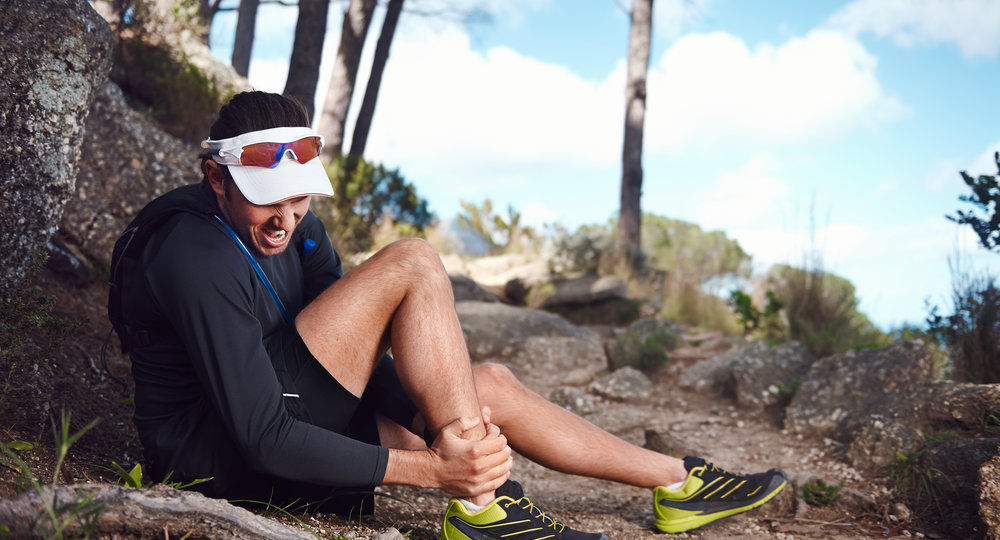Table of Content
Once mastered with a therapist, the exercises can then be done at home independently. An eccentric strengthening protocol is defined as flexing or tightening the muscle while it is getting longer. These exercises require initial supervision as they can cause damage to the Achilles tendon if not done correctly. Any sudden jolt or exertion further debilitates the tendon, causing it to be inflamed or injured.
In addition, it will also aid in relaxing your affected muscles. Deep friction massage is approved to alleviate inflammation and pain, reduce the hurt area's stain, and restore tissue elasticity. And stretch exercises daily to help out the healing process. Using an ice pack reduces inflammation and pain caused by Achilles tendinitis. For a suspected Achilles tendon rupture, be sure to place ice immediately on the injury site. Don't bear weight on the leg, and keep your leg elevated while you're on the way to the emergency room.
What is the Achilles tendon?
Elevating the heel will lessen the strain on your Achilles tendon, providing it with a better environment for healing. Isokinetic exercises may be useful for people recovering from an injury or stroke. Learn its benefits and the differences from other types of exercise. When the Achilles tendon is inflamed, it can tighten and cause discomfort. The runner’s stretch, or calf stretch, will provide relief by loosening the tendon.

Due to continued immobility, the affected area tends to become tense and prone to more injuries. Moreover, surgery may be recommended, especially in younger, active individuals. Achilles tendon injuries tend to occur when your calf muscles are tight since those muscles are attached to the tendon. To prevent such injuries, make it a habit to stretch your calf muscles before and after a workout. Start with a simple stretch by standing with a straight leg and lean forward while keeping your heel on the ground. Insertional Achilles tendonitis.This damage occurs in the spot where your tendon meets your heel bone.
How To Tell If You Have Achilles Tendonitis
Some of the more common ones are an ankle sprain, stress fracture, or calcaneus bursitis. A medical history and physical exam are needed to diagnose Achilles tendon pain. Your healthcare provider will also ask you questions about your symptoms. Achilles tendon pain stems from the fact that, like all tendons, the Achilles tendon is strong, but not very flexible. The Achilles tendon connects muscles in your calf and lower leg to your heel bone, and it can only stretch so far. When it goes beyond its limits, it becomes inflamed or tears .

However, it is advisable to see a doctor for severe pain or injuries that disrupt a person’s normal daily functioning. Achilles tendinitis is an overuse injury of the Achilles (uh-KILL-eez) tendon, the band of tissue that connects calf muscles at the back of the lower leg to your heel bone. A good way to apply this spice is to mix it with water into a paste and apply it to the inflamed area to boost circulation and reduce swelling. Until the pain in the Achilles tendon has eased, it’s a good idea to reduce the intensity of your physical activities. The best exercise you can opt for is swimming as it reduces consistent stress on your inflamed tendons.
Symptoms
And putting pressure from laying down on the bed on the back of the heel can hurt. Exercising in worn-out sneakers, or in shoes that aren't designed for the activity, also can cause Achilles tendonitis. Achilles tendon pain is the most obvious symptom of this form of tendonitis. It is often described as a burning that gets worse with activity. Stress or injury to the Achilles tendon can cause discomfort that can range from a slight ache and stiffness to severe Achilles tendon pain.

This may reduce the risk of Achilles tendonitis and calf strain. An Achilles tendon rupture may need surgical repair within days of the injury. For a tendon rupture, an orthopedic surgeon will use a splint or other method to immobilize your ankle until you have surgery for the tendon rupture. Bruising at the Achilles tendon can happen with an ankle sprain or a stress fracture, as well as an Achilles tendon rupture. An X-ray is needed to see the differences among the possible causes. It's important to seek out medical attention if you develop Achilles tendon pain.
If your shoes are in good condition but don't support your feet, try arch supports in both shoes. Another way of reducing the swelling around the tendon is to raise your foot above the level of your chest while lying down. This will assist blood flow to the heart so inflammation is reduced.

Also called as tendinitis, Achilles tendonitis is an Achilles tendon injury which has the ability to attach the calf muscles at your lower leg to the heel. Besides, when you wear high heels for a long time and do not wear shoes with proper support, it may also cause Achilles tendonitis. Also, there are common factors increasing the risk of this condition, which include high blood pressure, obesity, diabetes, and having an intake of certain kinds of antibiotics.
Your doctor may also tell you to rest, apply ice packs, and wear heel lifts in your shoes. Other conditions that can affect the area include Achilles tendonosis, or micro-tears in the tendon, and an Achilles tendon rupture, a partial or complete tear. These conditions are more likely to develop if Achilles tendonitis isn’t treated. Focus on stretching exercises, especially stretching your calf muscles.
It’s usually not related to a specific injury — it happens because of stressing the tendon repeatedly. Because it’s difficult to avoid using the Achilles, the body doesn’t have time to repair the injured tissue. The Achilles tendon is the largest and strongest tendon in the body. It’s in the back of the heel, connecting the heel bone to the calf muscle.Tendons are the long, tough, ropy and fibrous tissues that connect muscles to bones. The Achilles tendon is named for the Greek god Achilles.The Achilles tendon helps you walk, run and jump by raising the heel off the ground. Stay off your foot or ankle as much as possible and apply ice for up to 15 minutes at a time, three to four times a day.
It has the power to heal the pain, swelling as well as inflammation in any part of the human body. If you feel that your calf muscles are losing their flexibility and becoming tight, then this might indicate that you are suffering from Achilles tendonitis. Which treatment will be most effective will depend on the severity of your injury, your overall health, and several other factors. For example, eccentric strength training is an effective way to treat Achilles tendon injuries. These exercises involve lengthening and tightening the Achilles tendon at the same time. To help with their diagnosis, a doctor may recommend an X-ray or MRI scan.


No comments:
Post a Comment